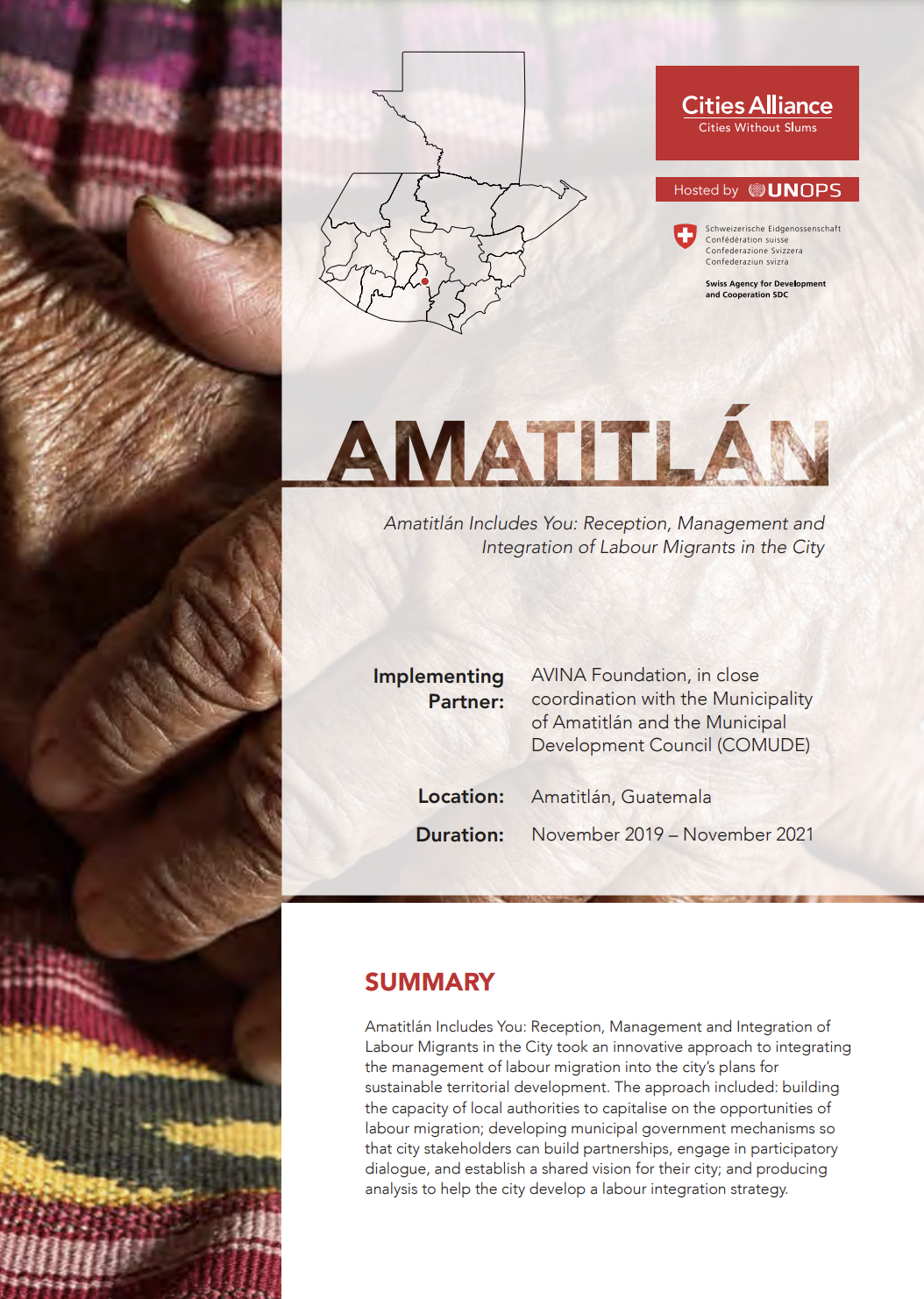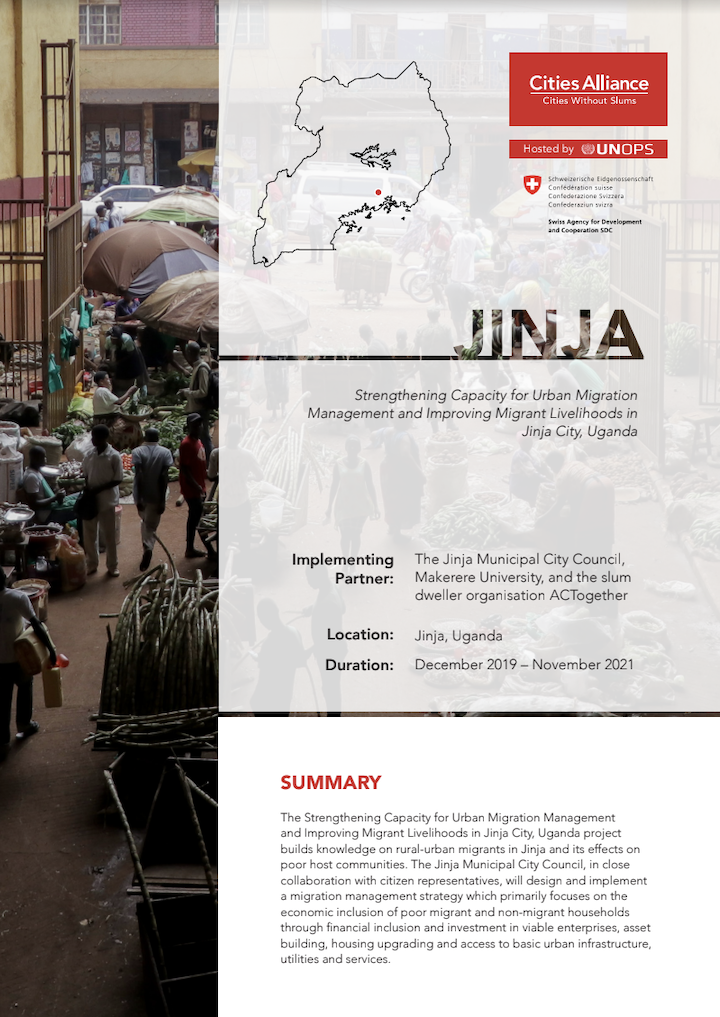The first stop for rural-urban migrants, particularly the rural poor, are secondary cities, mainly because of their proximity. Worldwide, 80% of the extreme poor are rural, and most live relatively near a secondary city. Forced migrants are also looking for shelter and livelihood opportunities in nearby cities.
In many cases, displaced persons, especially youth, seek long-term integration into the city and its labour market, which requires particular attention to their respective experiences and adaptation process. International remittances are a lifeline for many poor urban households, and active diaspora engagement for local development offers unexplored potential.
Cities Alliance supports local and national dialogues to advocate for greater investment in secondary cities. It also supports the design of locally relevant actions to boost available jobs and match workers to opportunities. The idea is to attract remittances and diasporas for local development projects.











